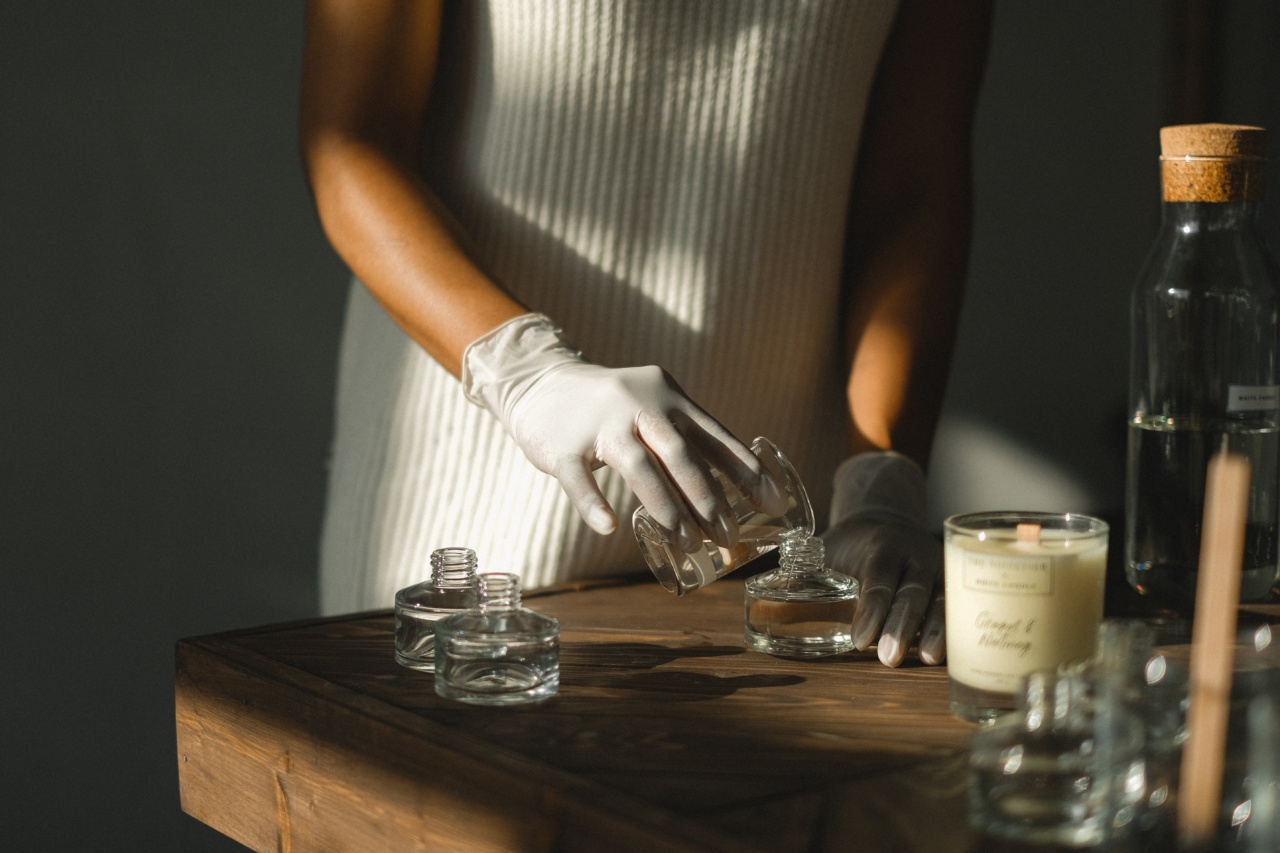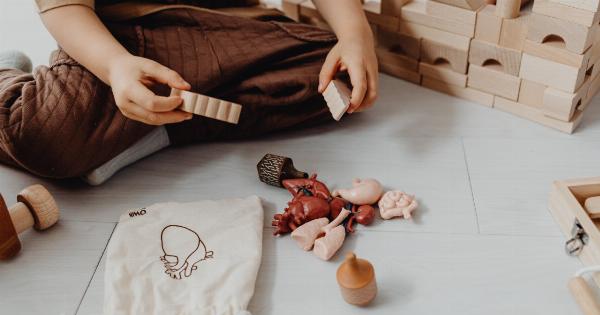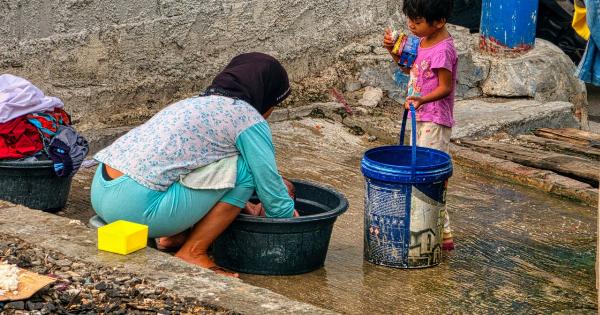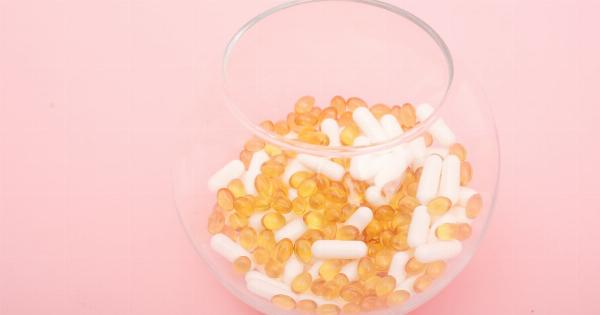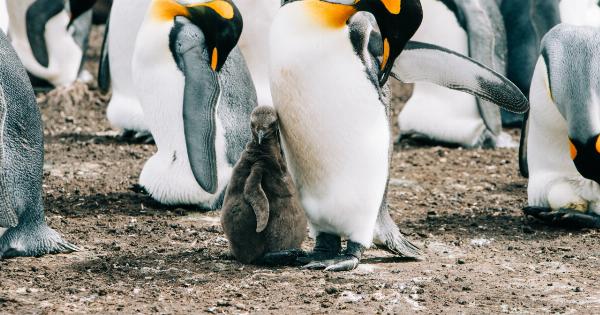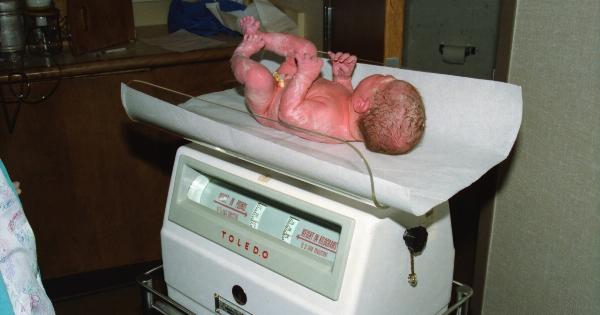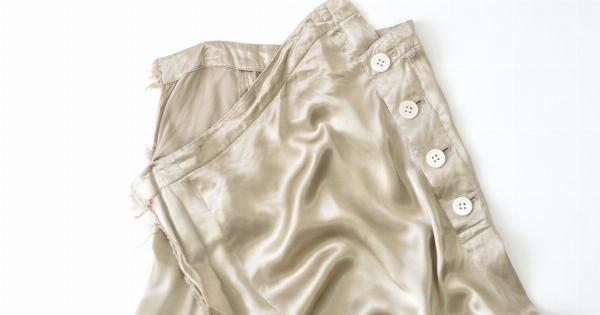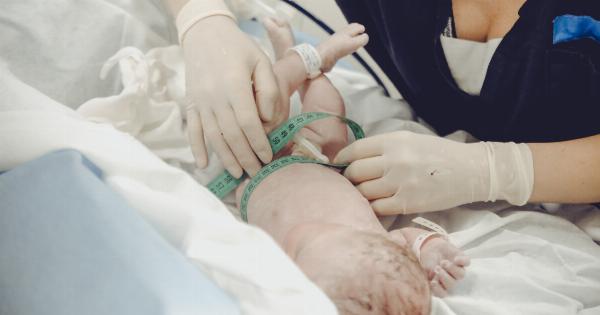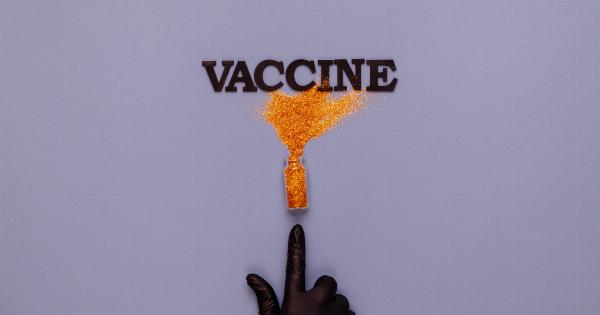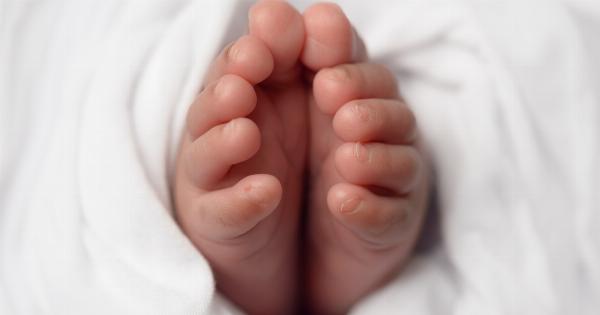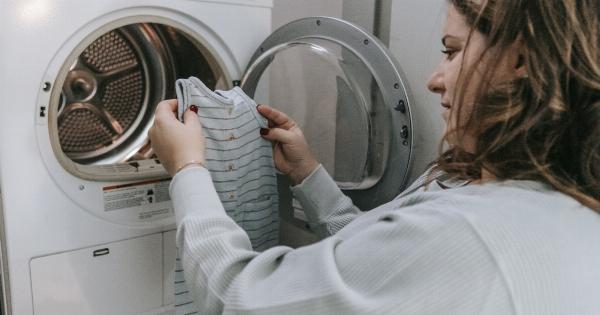Preparing a bottle of milk for your baby may seem like a simple task, but it’s crucial to ensure that you follow the right steps to provide your little one with safe and nutritious feeding.
Whether you are using formula milk or expressed breast milk, here are some essential tips to keep in mind:.
1. Sterilize Bottles and Equipment
Before preparing the baby’s bottle milk, it is important to sterilize all the bottles, nipples, and other feeding equipment. This helps eliminate any harmful bacteria and reduces the risk of infections.
You can sterilize the bottles by boiling them in hot water for at least five minutes or by using a sterilizer specifically designed for this purpose.
2. Wash Hands Thoroughly
Always wash your hands thoroughly with soap and clean water before preparing the baby’s bottle milk. This helps prevent the transfer of any germs or bacteria to your little one, ensuring a hygienic feeding process.
3. Use Safe Drinking Water
The quality of water used to prepare the baby’s bottle milk is crucial. If you are using tap water, make sure it is safe for drinking.
You can use bottled water or boil the tap water for at least one minute and allow it to cool before using it for formula preparation.
4. Follow Package Instructions
Whether you are using formula milk or expressed breast milk, carefully read and follow the instructions provided on the packaging.
Different brands may have specific instructions regarding the ratio of water to powder or the temperature at which the milk should be prepared.
5. Measure Accurately
Using the correct measurements is vital to ensure your baby gets the right nutrition. Use a clean measuring scoop provided with the formula to measure the required amount of powder accurately.
Avoid estimating or changing the water-to-powder ratio, as it can affect your baby’s health.
6. Warm the Milk Safely
If your baby prefers warm milk, you can warm the bottle by placing it in a container of warm water. Avoid using the microwave to heat the bottle, as it can create hot spots that can burn your baby’s mouth.
Always test the temperature of the milk by sprinkling a few drops on your wrist to ensure it’s not too hot.
7. Feed Immediately
Once you’ve prepared the baby’s bottle milk, it’s best to feed your little one immediately. If not, refrigerate the prepared bottle and use it within 24 hours.
Avoid leaving the bottle at room temperature for more than two hours, as this can promote bacterial growth.
8. Discard Remaining Milk
If your baby doesn’t finish the entire bottle during a feeding session, it’s important to discard any remaining milk.
Bacteria from your baby’s mouth can contaminate the milk, which can lead to infections or upset stomachs if consumed later.
9. Clean Bottles Thoroughly
After each feeding, make sure to wash the used bottles, nipples, and other feeding equipment thoroughly with warm, soapy water. Use a bottle brush to reach all the corners and rinse everything well to remove any residue before sterilizing them again.
10. Seek Professional Guidance
If you have any concerns or questions regarding the preparation of your baby’s bottle milk, it’s always best to consult with your pediatrician or a baby feeding specialist.
They can provide personalized advice and guidance based on your baby’s specific needs.
By following these essential tips for preparing your baby’s bottle milk, you can ensure that your little one receives safe and nutritious feeding.
Remember, proper sterilization, accurate measurements, and hygienic practices are key to keeping your baby healthy and happy!.
